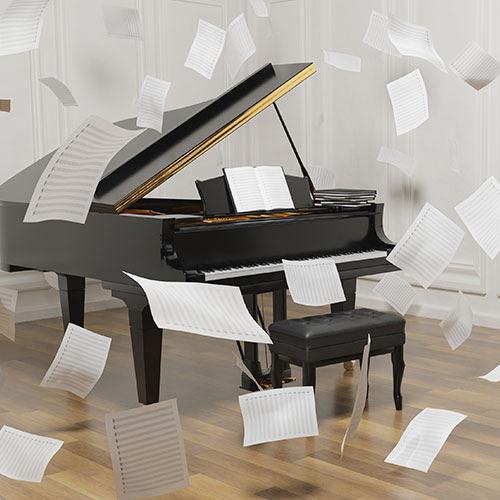We continue with the posts related to the recording. This time we will tell you about our studio recording experience for the first time and we want to take this opportunity to leave you with some tips in case they help you. During the recording process and afterwards we noted as an exercise our impressions of things that had gone well and others that had not worked, and ideas to consider in the coming times to improve certain processes or change the approach to some things.
We will soon publish another post about the production and editing of the CD, which we also did ourselves. If you are interested in the topic and want to stay informed about the posts we are uploading to the blog, you can subscribe to our newsletter.
As we explained in previous posts, we had two recording sessions in two consecutive weeks, two Monday mornings, about four hours a day. We recorded two CDs, between 35 and 40 minutes each. A day dedicated to each CD, which contains two works, one of large format (a theme with variations on the two CDs), and another work of smaller format (on one CD two movements, and on the other an opening).
The truth is that we were not very lucky, just three days before the first session we did not know if we could make the recording because we were in a situation of the pandemic, and in Austria, they announced that we would return to quarantine. In addition to the uncertainty and some anxiety of the moment lived, we were not in very good health, so we could not live the experience as fully as we expected. But we are still very grateful, we were finally able to do everything according to the scheduled dates, and the second session was more fluid.
For us, the first thing to keep in mind is planning recording dates. Then, make sure you have a well-prepared repertoire, feel comfortable, have performed it several times in concert, make previous home recordings, and get optimal mental and physical preparation to be in the best condition on the days of the recording.
Recording Tips:
- Write a recording plan as specific as possible.
- Calculate the duration of each work. Consider which passages may take longer.
- Have a clear tempo reference. The use of the metronome in this case we find useful and interesting (we are not very fans of the metronome in general, but sometimes using it consciously, we think it can help). The idea is to have a metronome reference that serves you every time you record the piece or fragment. In order to take the best takes depending on their quality, it is important to have the reference of the tempo with which you start the play.
- Have a reference of the general dynamics. It can happen that at the end of the session the dynamic range is higher than at the beginning, either to feel better with the instrument, or fatigue can make the dynamic range lower and timider. In this case, it is not so serious if there is a dynamic difference because it can have an easy solution in the latter edition. Although we believe that it is always better to pay attention to it and be able to regulate it during the recording.
- Play the entire piece at least twice non-stop, as if it were a concert with an audience. We recommend once to start and again at the end of the session (and if there is time, again in the middle of the session). It was great for us to imagine that we were playing for an audience, imagining a concert situation in an auditorium to recreate an atmosphere where we could share music and thus be more emotionally open. Otherwise, the situation in the studio seemed very cold and made us too aware that everything was “perfect, without mistakes, because it will be recorded for life,” and created too much pressure and as a result a disconnect with music.
- Take some time to listen to what you have already recorded so that you can better choose which excerpts you want to re-record.


